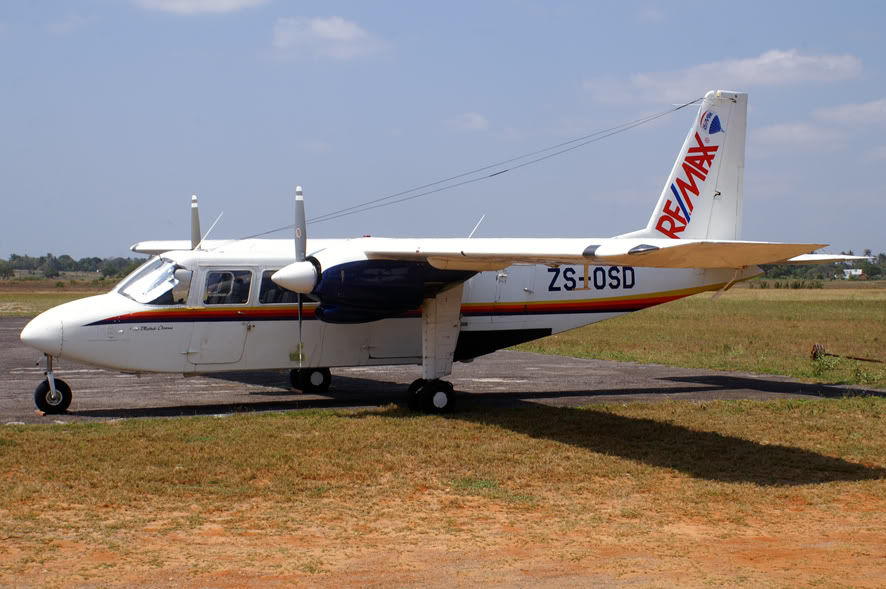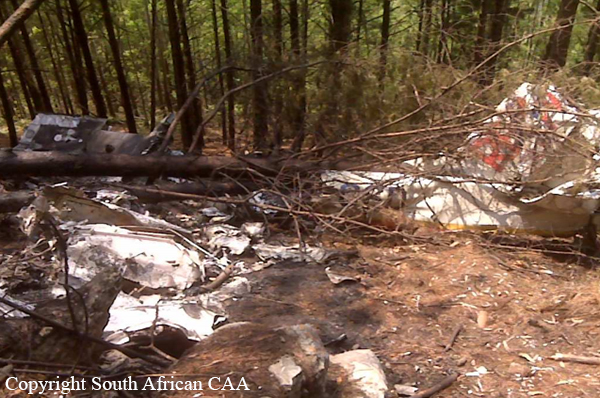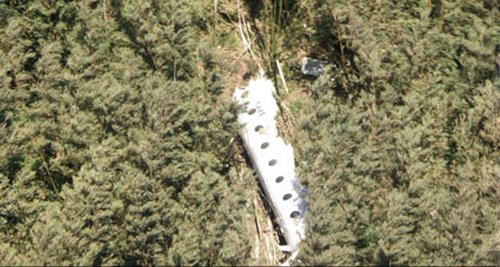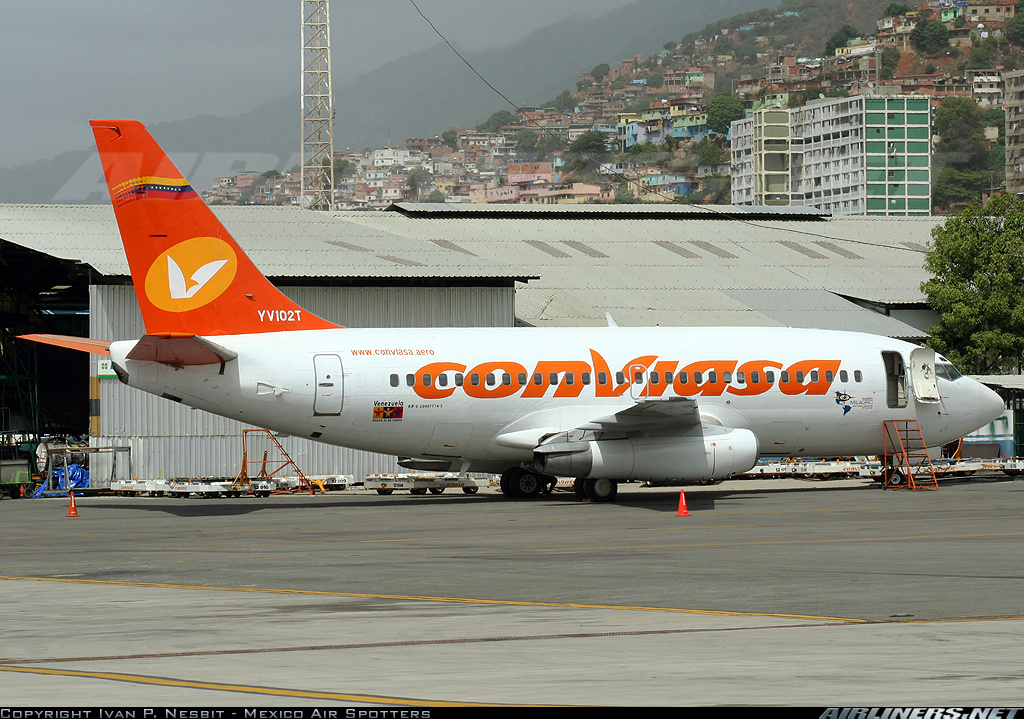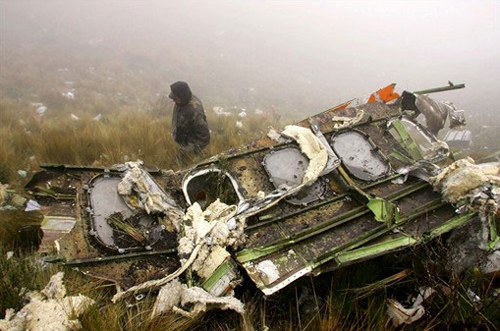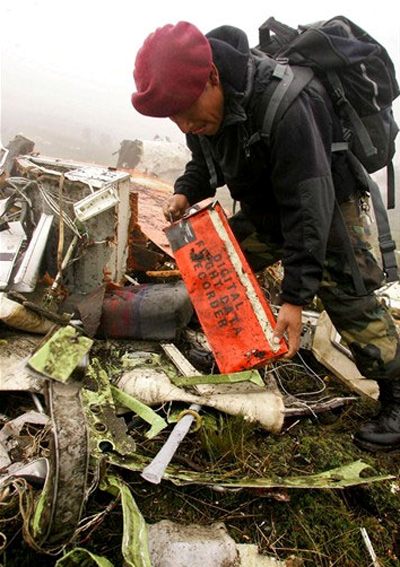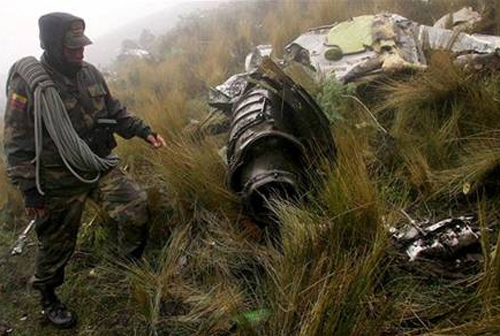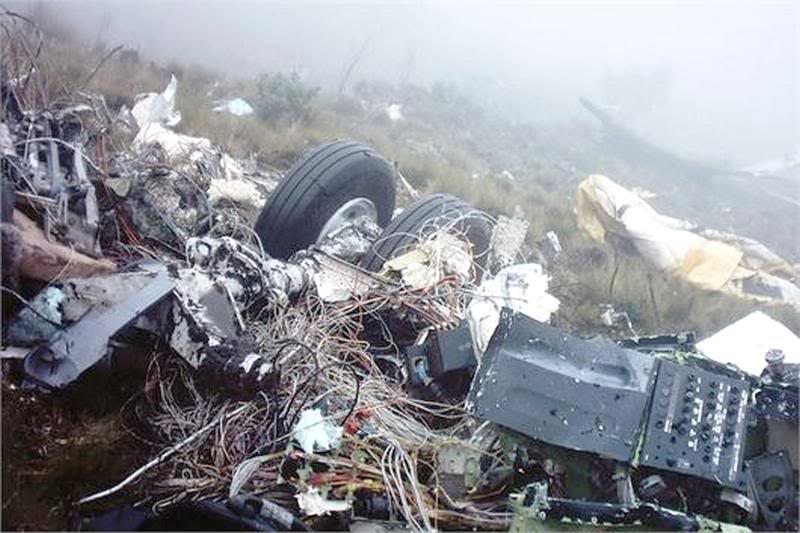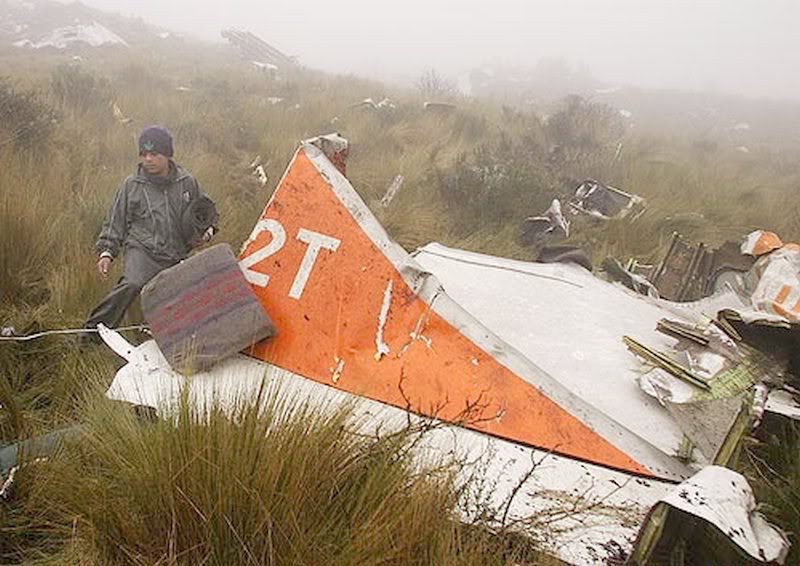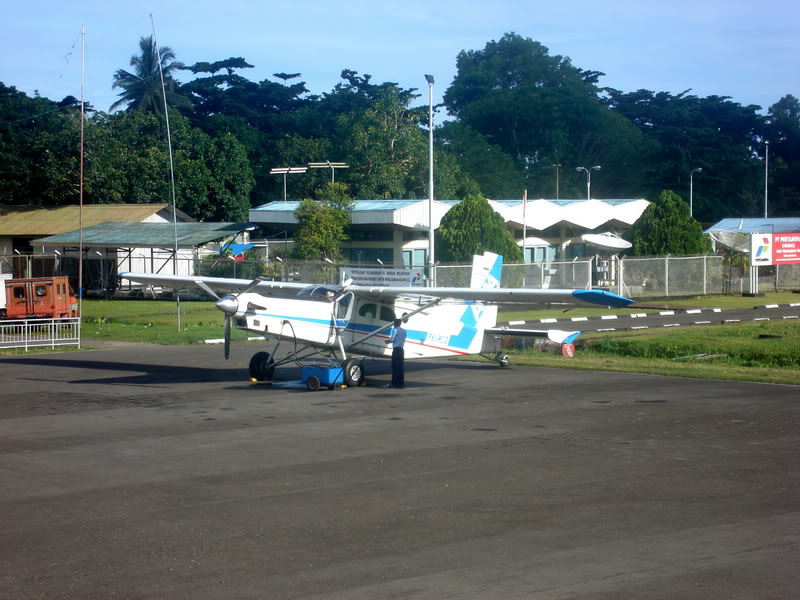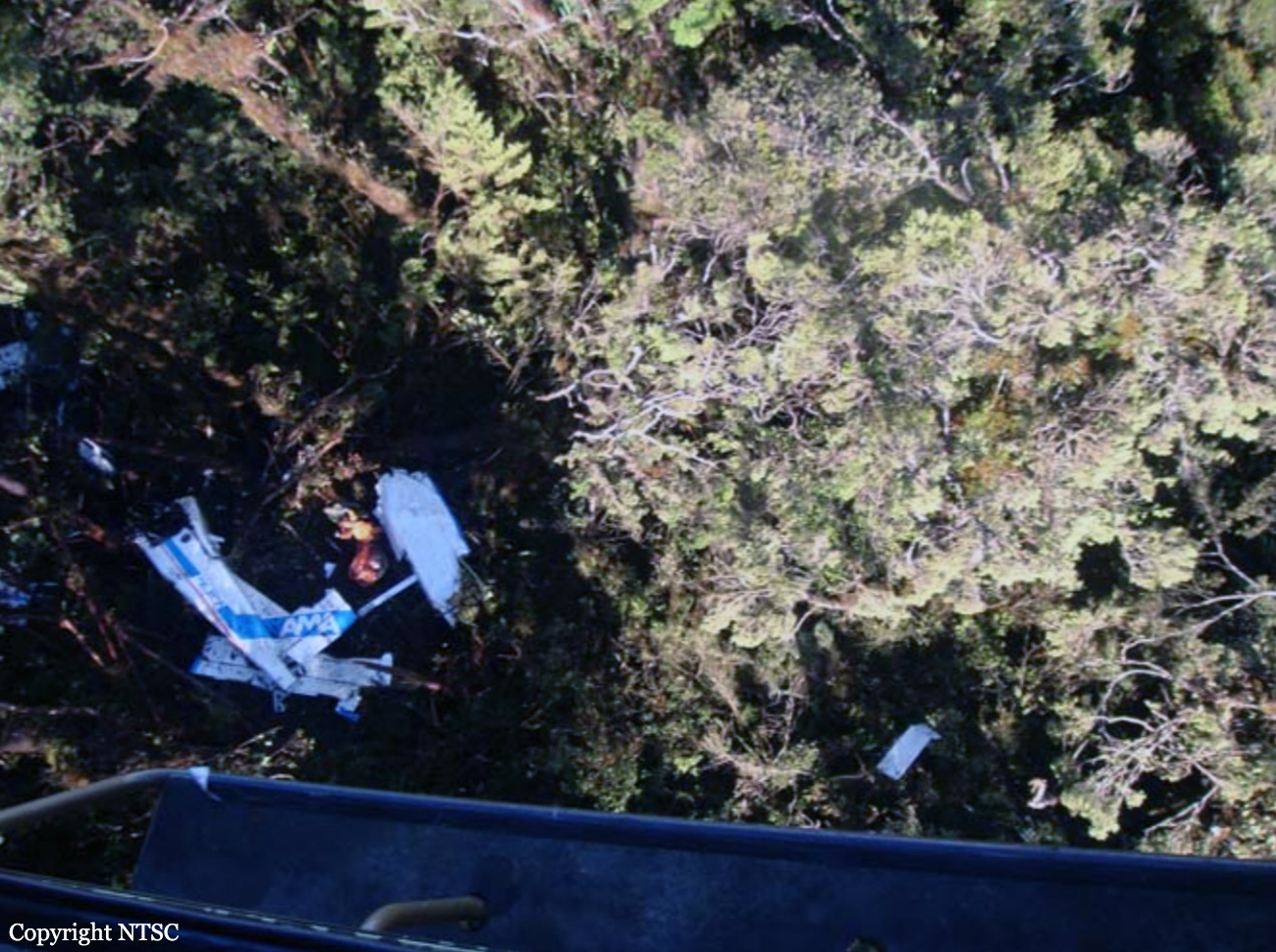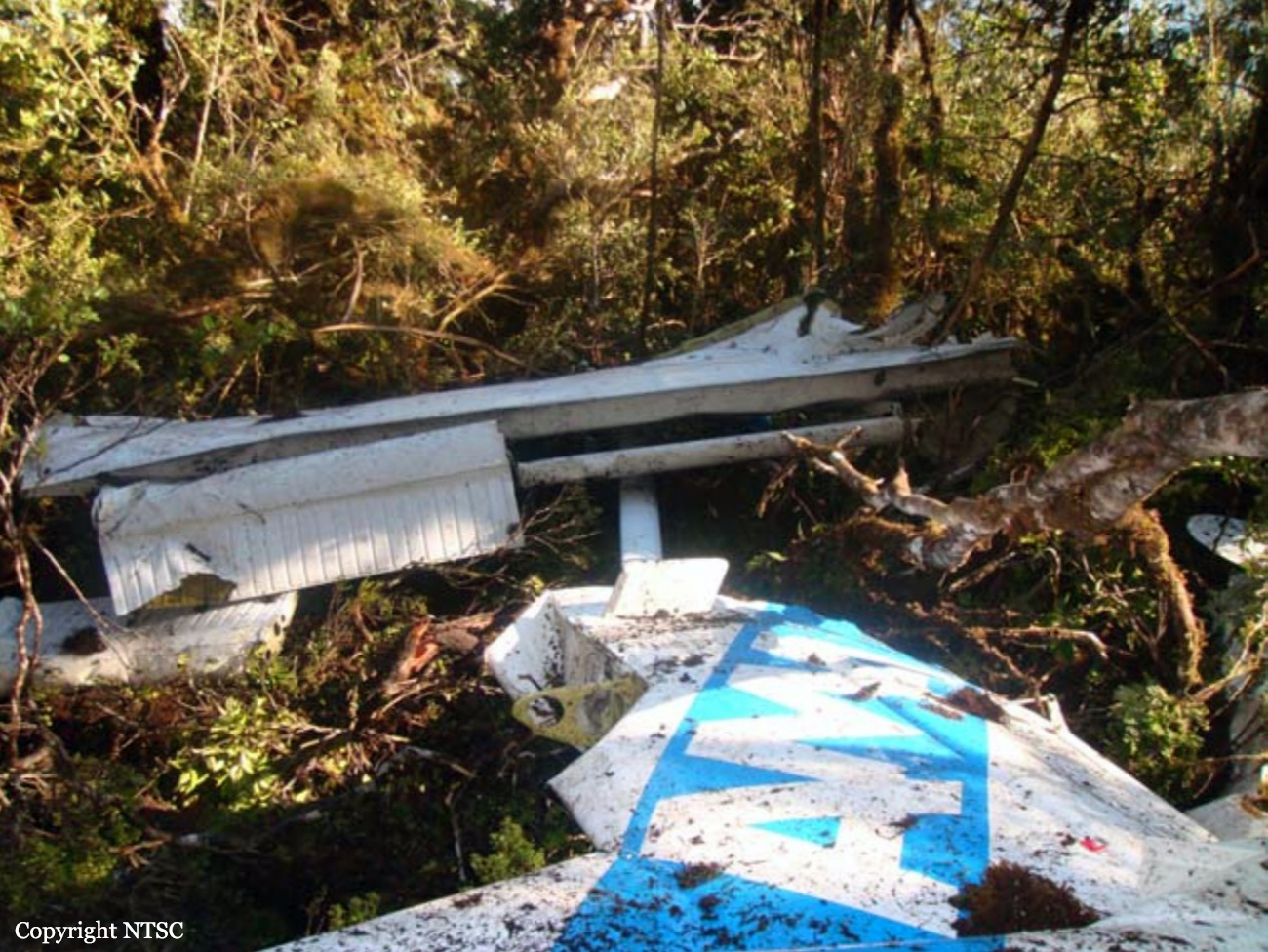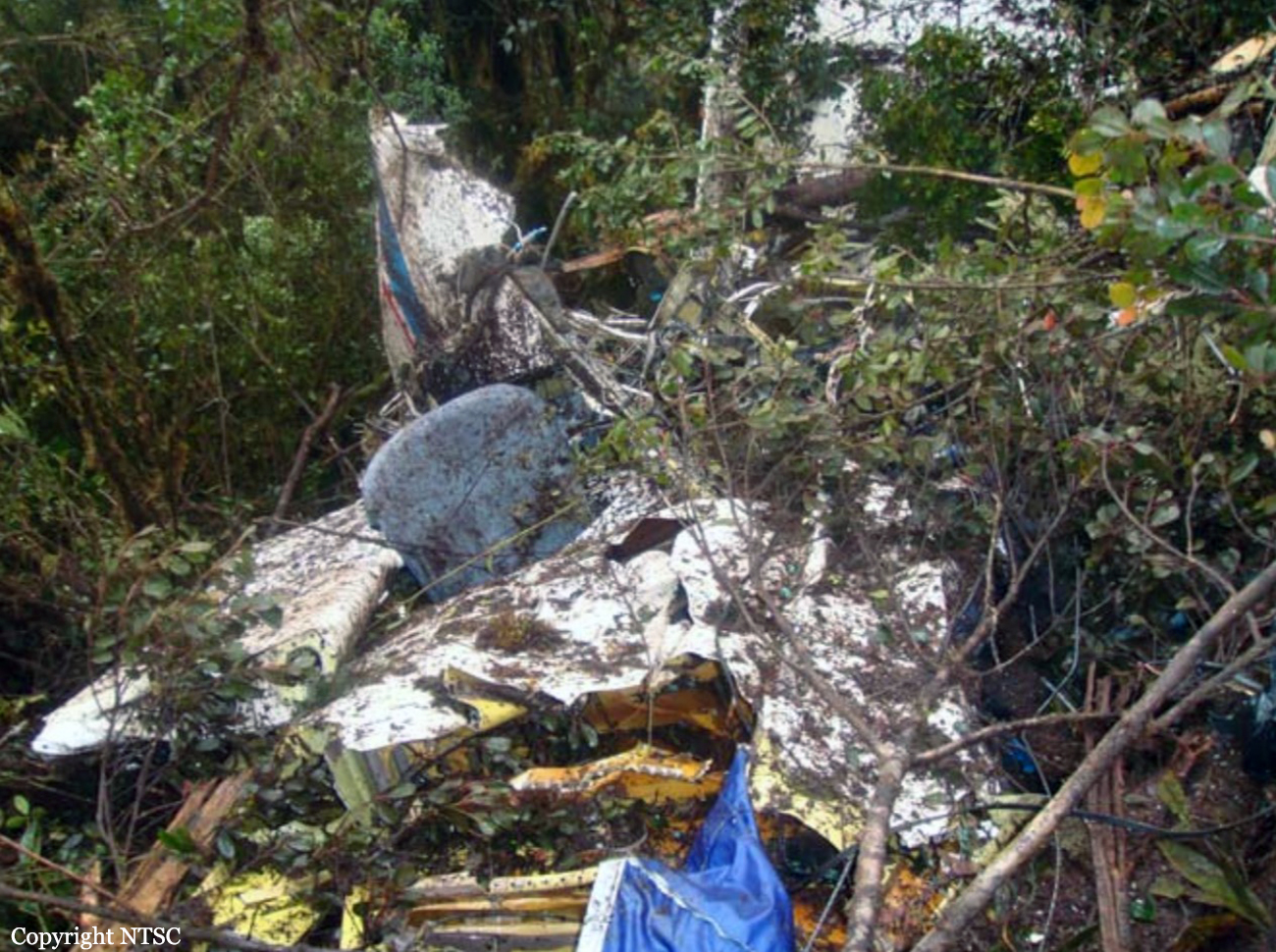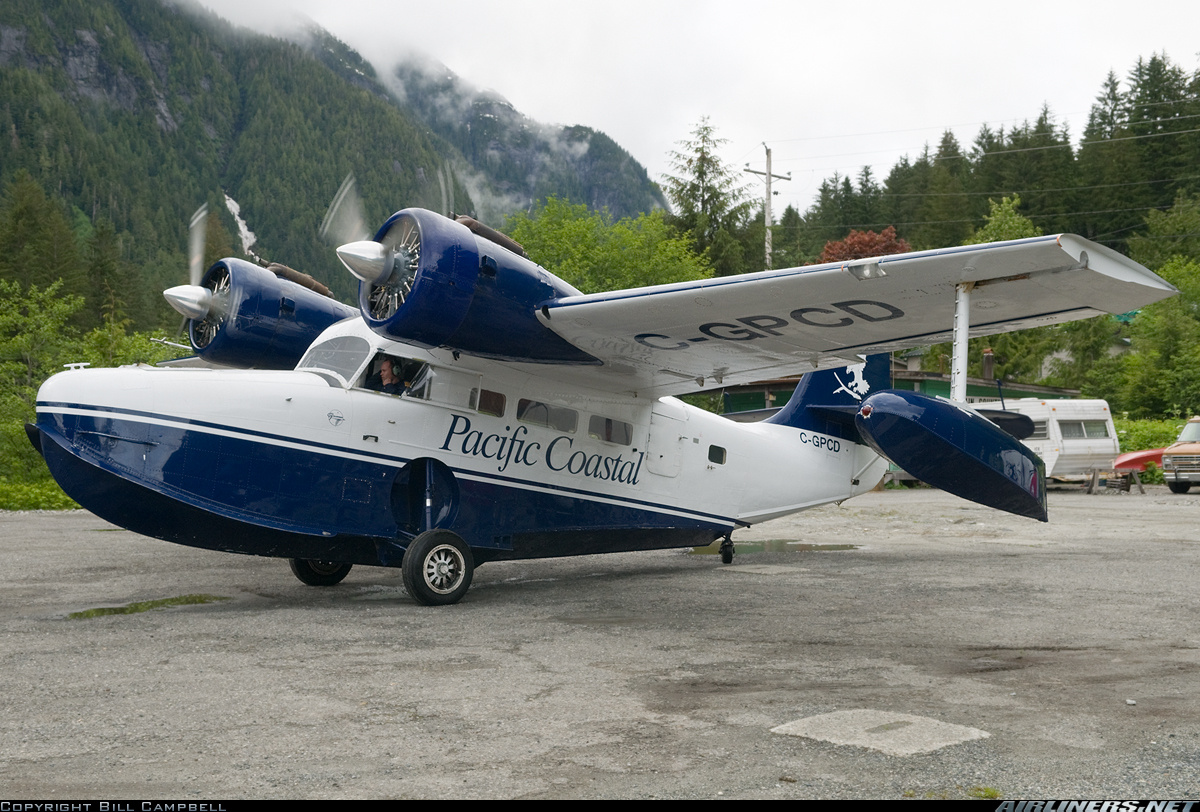Crash of a Cessna 402C in Monterrey: 3 killed
Date & Time:
Oct 17, 2008 at 1210 LT
Registration:
XC-HAQ
Survivors:
No
Schedule:
Monterrey – La Paz
MSN:
402C-0521
YOM:
1981
Crew on board:
2
Crew fatalities:
Pax on board:
1
Pax fatalities:
Other fatalities:
Total fatalities:
3
Circumstances:
The twin engine aircraft departed Monterrey-General Mariano Escobido Airport at 1200LT on a flight to La Paz, Baja California Sur with one passenger and two pilots on board. While climbing in clouds, the aircraft struck the slope of Mt El Fraile. The wreckage was found at the end of the afternoon. The aircraft was destroyed by impact forces and a post crash fire and all three occupants were killed, among them Nabor García Aguirre, Baja California Sur State Government Finance Secretary.
Crew:
Jaime Emilio Real Cosío, pilot,
Armando Ávila Ochoa, copilot.
Passenger:
Nabor García Aguirre.
Crew:
Jaime Emilio Real Cosío, pilot,
Armando Ávila Ochoa, copilot.
Passenger:
Nabor García Aguirre.
Probable cause:
Controlled flight into terrain.


